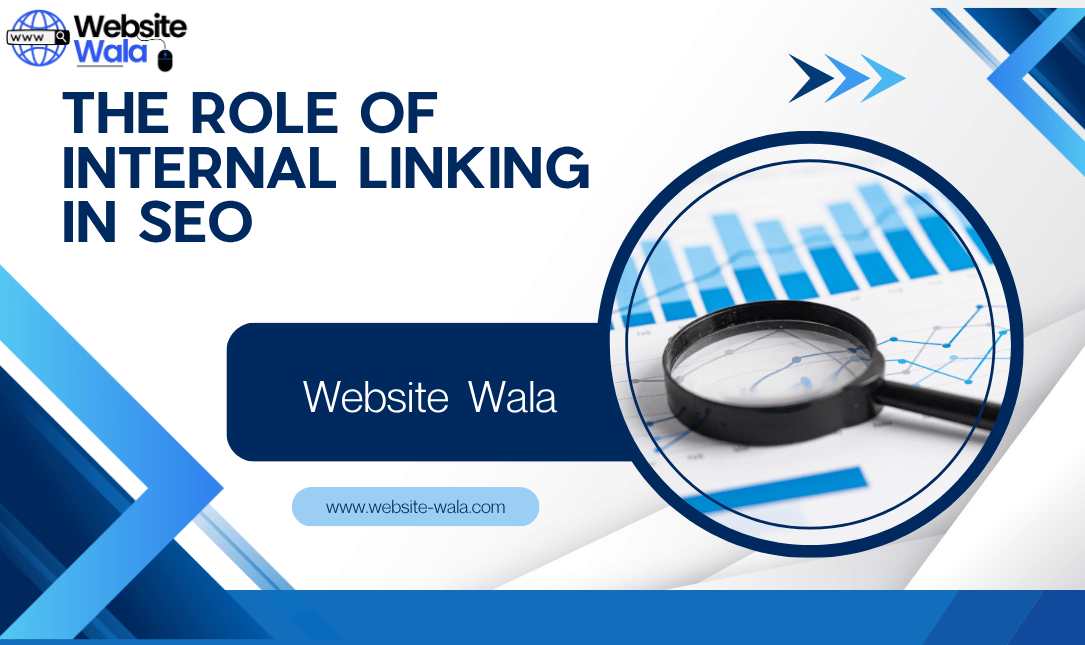
Learn How to Create an SEO-Friendly Blog Post with expert tips on keyword research, on-page SEO, and content creation to boost visibility.
Introduction: Why You Need to Learn How to Create an SEO-Friendly Blog Post
In today’s competitive digital landscape, knowing How to Create an SEO-Friendly Blog Post is essential for anyone who wants to grow an online audience. A well-optimized post not only helps your content rank higher in search engines but also ensures that readers find valuable, engaging, and relevant information.
Many bloggers and marketers struggle to improve blog visibility despite producing high-quality content. The reason often lies in the lack of search engine optimization (SEO) techniques that make a post discoverable. This guide will walk you through every step of creating an SEO-friendly blog post, from keyword research to on-page SEO and content formatting, to help you attract more traffic and achieve higher rankings.
Step 1: Conduct Thorough Keyword Research
The foundation of How to Create an SEO-Friendly Blog Post starts with effective keyword research. Keywords help search engines understand what your post is about, and choosing the right ones determines how your content will perform.
Here’s how to do it effectively:
-
Use keyword tools: Platforms like Google Keyword Planner, Ahrefs, or SEMrush can help identify relevant search terms and their competition levels.
-
Focus on long-tail keywords: Phrases such as “how to create an SEO-friendly blog post for beginners” are less competitive and more specific.
-
Analyze search intent: Understand whether users are looking for information, a product, or a solution.
Once you have a list of keywords, strategically use them throughout your article — in headings, subheadings, and naturally within the content — without overusing them.
Step 2: Plan Your Content Structure
A clear, logical structure is critical in blog post optimization. Search engines value well-organized articles, and readers appreciate content that’s easy to navigate.
When learning How to Create an SEO-Friendly Blog Post, start with an outline that includes:
-
A compelling introduction that sets expectations.
-
Main sections covering your topic in depth (like this one).
-
Subheadings (H2, H3) to break up long paragraphs.
-
A conclusion that summarizes the main takeaways.
Structuring your post in this way improves readability and boosts your on-page SEO performance, helping your article rank better in search engines.
Step 3: Write a Captivating Title and Meta Description
Your title and meta tags are the first things readers see in search results. A strong, keyword-rich title improves click-through rates and signals relevance to search engines.
When crafting your title:
-
Include your primary keyword — How to Create an SEO-Friendly Blog Post — near the beginning.
-
Keep it under 60 characters for optimal display.
-
Make it engaging and promise value to the reader.
Your meta description should be between 140–150 characters and include your focus keyword once. It’s your chance to convince readers to click on your article, so make it descriptive and enticing.
Step 4: Focus on Quality Content Creation
At the heart of How to Create an SEO-Friendly Blog Post lies exceptional content creation. High-quality, informative, and original content keeps readers engaged and encourages them to share your post.
Follow these blog writing tips for success:
-
Write for humans first: While SEO matters, never sacrifice readability for keywords.
-
Offer genuine value: Solve problems, answer questions, or share insights that help your audience.
-
Keep it comprehensive: Longer posts (1,000+ words) often perform better in ranking in search engines.
-
Use visuals: Images, infographics, and charts make your content more engaging and easier to digest.
Search engines favor content that demonstrates authority, expertise, and trustworthiness — so make sure your post reflects these qualities.
Step 5: Optimize On-Page SEO Elements
On-page SEO is the process of optimizing individual pages to help them rank higher and earn more relevant traffic. When learning How to Create an SEO-Friendly Blog Post, focus on these key elements:
-
Headings (H1, H2, H3): Use them to structure your content logically, and include keywords naturally.
-
Internal and external links: Link to related articles on your site to improve navigation and to authoritative sources to build credibility.
-
Image optimization: Use descriptive filenames and alt text with relevant keywords.
-
URL structure: Keep URLs short, descriptive, and keyword-rich (e.g., yoursite.com/how-to-create-an-seo-friendly-blog-post).
By optimizing these elements, your post becomes more accessible to search engines and more user-friendly to readers.
Step 6: Leverage SEO Strategies for Better Visibility
To improve blog visibility and attract more traffic, you need to apply effective SEO strategies beyond just writing good content.
-
Update old posts: Refresh outdated information and add new insights to maintain relevance.
-
Promote your post: Share it on social media, email newsletters, and other channels to increase exposure.
-
Use schema markup: It helps search engines understand your content structure better, potentially earning you rich snippets.
-
Encourage backlinks: When other reputable websites link to your content, it signals authority and improves your rankings.
These SEO strategies help ensure your content remains visible and competitive over time.
Step 7: Make Your Post Readable and Engaging
A crucial part of How to Create an SEO-Friendly Blog Post is keeping your readers engaged. Search engines track user behavior, so posts with longer on-page times and lower bounce rates often rank higher.
Here’s how to make your content more engaging:
-
Use short paragraphs and bullet points.
-
Add visual breaks with images or quotes.
-
Include call-to-actions encouraging readers to comment or share.
-
Write in a conversational tone to connect with your audience.
The easier it is to read and navigate your post, the more likely visitors will stay longer and return for future content.
Step 8: Analyze and Optimize Performance
Creating an SEO-friendly blog post doesn’t end when you hit publish. Monitoring your post’s performance helps you identify what’s working and what needs improvement.
Use tools like Google Analytics and Google Search Console to track:
-
Traffic sources and user behavior.
-
Keyword rankings for your target phrases.
-
Click-through rates (CTR) and bounce rates.
By continuously analyzing these metrics, you can tweak your blog post optimization strategy and maintain higher ranking in search engines over time.
Conclusion: Mastering How to Create an SEO-Friendly Blog Post
Learning How to Create an SEO-Friendly Blog Post is a powerful skill for bloggers, marketers, and business owners. By combining smart keyword research, effective on-page SEO, and quality content creation, you can consistently produce posts that improve blog visibility and attract more traffic.
Remember — SEO isn’t a one-time effort. Continuously refine your SEO strategies, update your content, and adapt to algorithm changes. Over time, you’ll not only master How to Create an SEO-Friendly Blog Post but also establish your site as an authoritative source in your niche.























